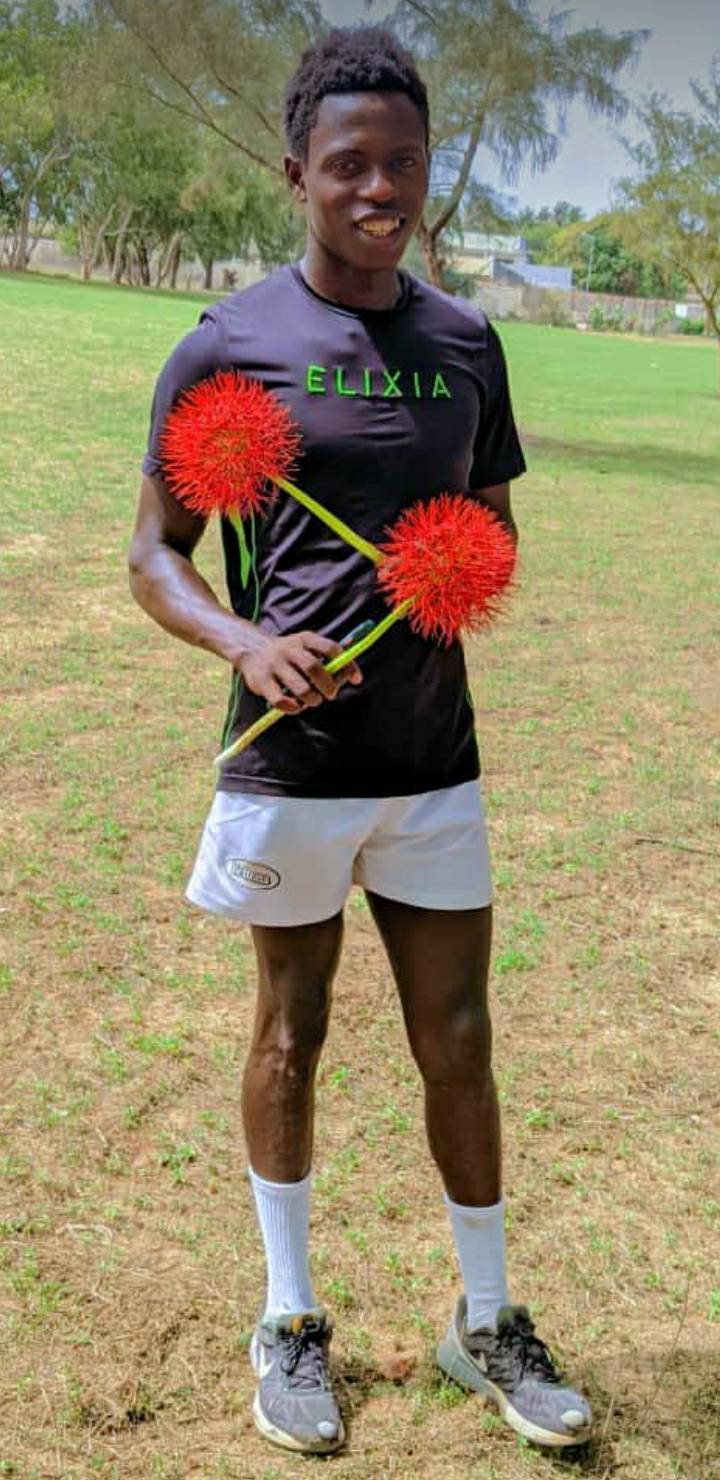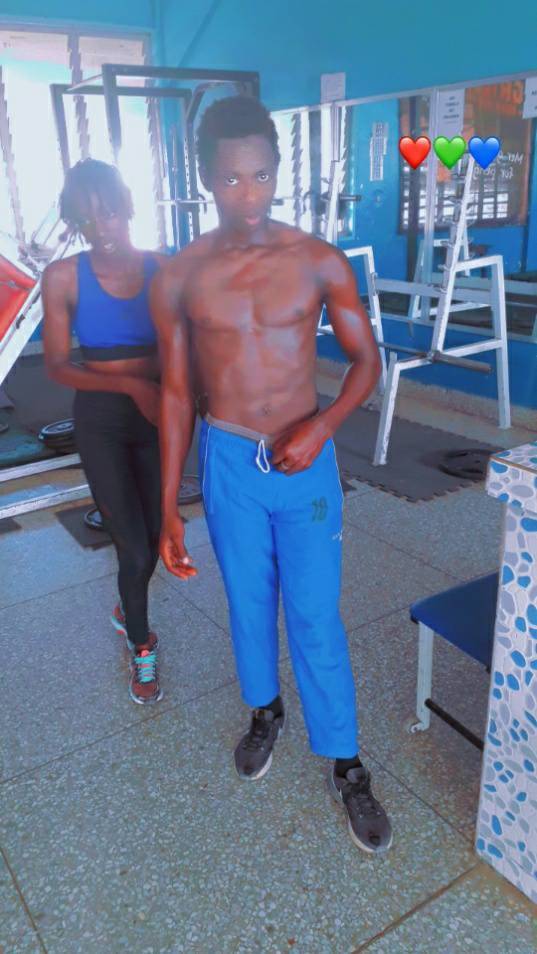#african boys
Text

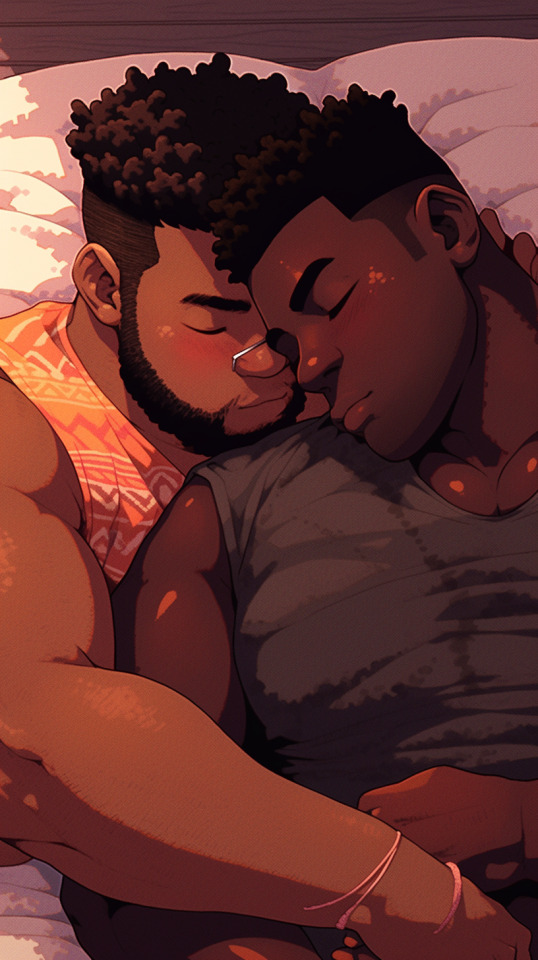
#ai art#midjourney#black beauty#black male beauty#black gay men#lgbtq#gay#black gay love#gay male love#african men#big boys
2K notes
·
View notes
Text
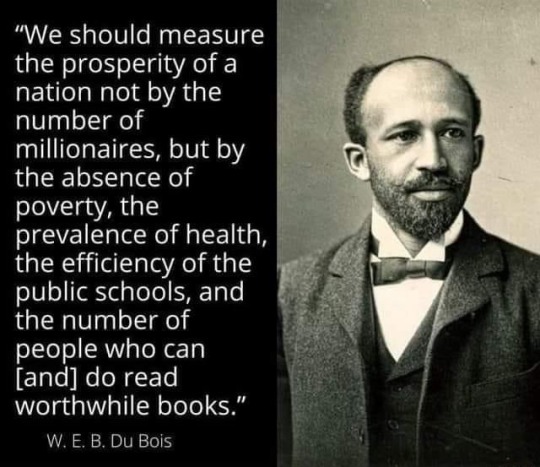
193 notes
·
View notes
Text
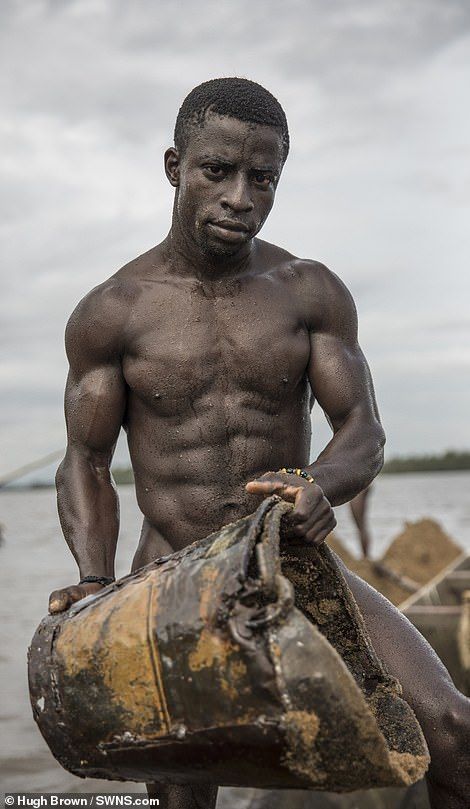
273 notes
·
View notes
Text


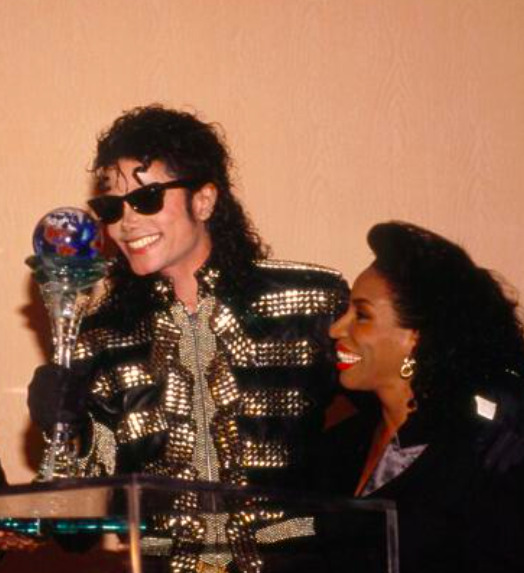
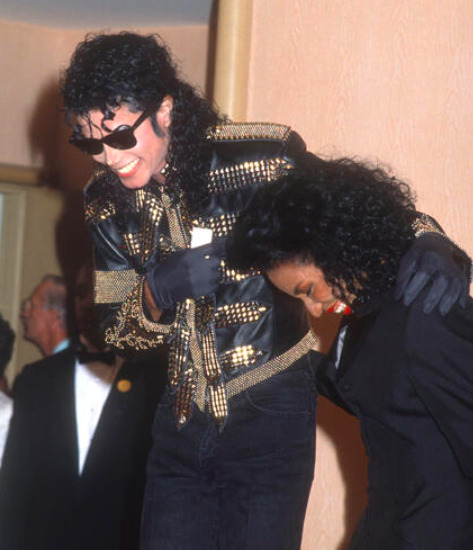
Michael Jackson & former girlfriend, singer Stephanie Mills, attending an event for the Good Scout Humanitarian Award (1990).
#michael jackson#stephanie mills#singers#icons#legends#king of pop#bad era#music#1990#boy scouts of america#the wiz#black woman#black women#african american#pop#black culture#r&b#black music#rare#photo#sbrown82
108 notes
·
View notes
Text

#black community#original photographers#black art#black culture#graphic design#black people#artwork#black family#black history#black power#black children#black boys#black man#black africans#african art#africa
108 notes
·
View notes
Text

61 notes
·
View notes
Text
Judge awards a Black church $1M over BLM banner burned by Proud Boys during protest
152 notes
·
View notes
Photo

A manbo (also written as mambo) is a priestess (as opposed to a oungan, a male priest) in the Haitian Vodou religion. Haitian Vodou's conceptions of priesthood stem from the religious traditions of enslaved people from Dahomey, in what is today Benin. For instance, the term manbo derives from the Fon word nanbo ("mother of magic"). Like their West African counterparts, Haitian manbos are female leaders in Vodou temples who perform healing work and guide others during complex rituals.
This form of female leadership is prevalent in urban centers such as Port-au-Prince (the capital of Haiti). Typically, there is no hierarchy among manbos and oungans. These priestesses and priests serve as the heads of autonomous religious groups and exert their authority over the devotees or spiritual servants in their hounfo (temples).
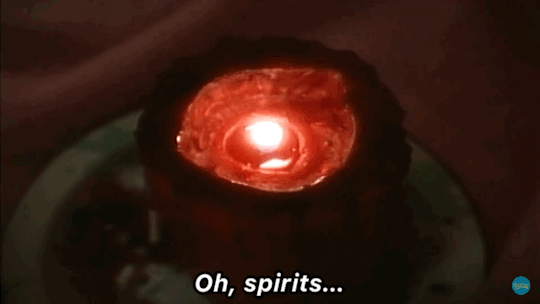
Manbos and oungans are called into power via spirit possession or the revelations in a dream. They become qualified after completing several initiation rituals and technical training exercises where they learn the Vodou spirits by their names, attributes, and symbols.
The first step in initiation is lave tèt (head washing), which is aimed at the spirits housed in an individual's head. The second step is known as kouche (to lie down), which is when the initiate enters a period of seclusion. Typically, the final step is the possession of the ason (sacred rattle), which enables the manbos or oungans to begin their work. One of the main goals of Vodou initiation ceremonies is to strengthen the manbo's konesans (knowledge), which determines priestly power.
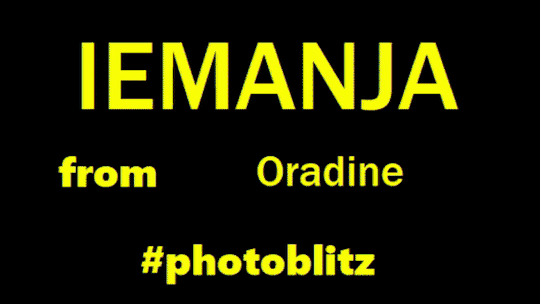
The specific skills and knowledge gained by manbos enable them to mediate between the physical and spiritual realms. They use this information to call upon the spirits through song, dance, prayer, offerings, and/or the drawing of vèvès (spiritual symbols). During these rituals, manbos may either be possessed by a loa (also spelled lwa, Vodou spirits) themselves, or may oversee the possession of other devotees. Spirit possession plays an important role in Vodou because it establishes a connection between human beings and the Vodou deities or spirits. Although loas can "mount" whomever they choose, those outside the Vodou priesthood do not have the skills to communicate directly with the spirits or gods. This is because the human body is merely flesh, which the spirits can borrow to reveal themselves via possession. manbos, however, can speak to and hear from the Vodou spirits. As a result, they can interpret the advice or warnings sent by a spirit to specific individuals or communities.

Cécile Fatiman is a Haitian manbo famously known for sacrificing a black pig in the August 1791 Vodou ceremony at Bois Caïman—an act that is said to have ignited the Haitian Revolution. There are also notable manbos within the United States. Marie Laveau (1801-1888), for example, gained fame in New Orleans, Louisiana, for her personal charm and Louisiana Voodoo practices.
Renowned as Louisiana's "voodoo queen", Laveau's legacy is kept alive in American popular culture (e.g., the television series America Horror Story: Coven).ne Mama Lola is another prominent manbo and Vodou spiritual leader in the United States. She rose to fame after the publication of Karen McCarthy Brown's ethnographic account Mama Lola: A Vodou Priestess in Brooklyn. Mama Lola's success provided her with a platform to challenge Western misconceptions of Haitian Vodou and make television appearances

#kemetic dreams#vodun#cecile fatiman#manbo#bois caiman#manbos#haitian#marie laveau#new orleans#new orleans voodoo#mama lola#vodou#lwa#oungan#nando#fan#west african#west african vodun#mother of magic#joey bada$$#brooklyn
257 notes
·
View notes
Text
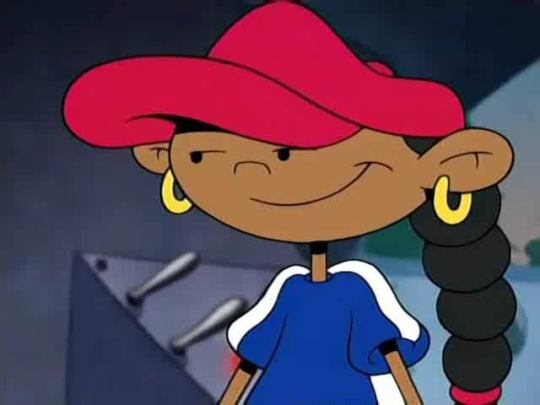
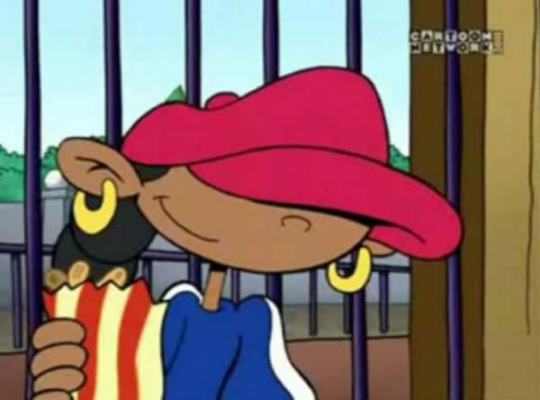
Abigail "Abby" (Gilligan) Lincoln a.k.a. Numbuh 5

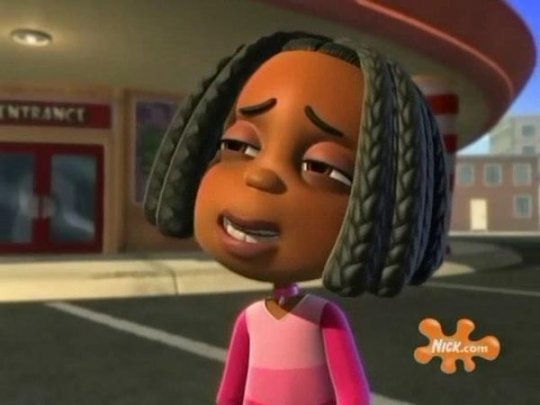
Libby Folfax

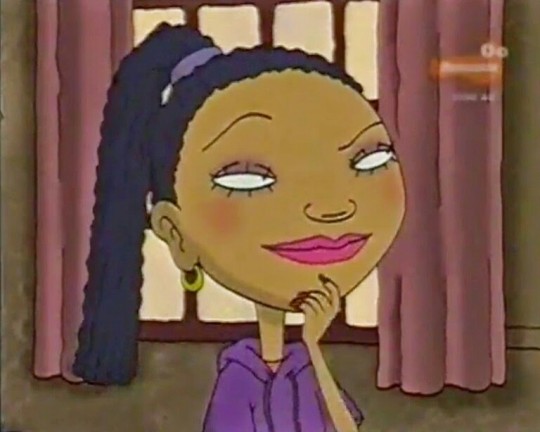
Miranda Killgallen
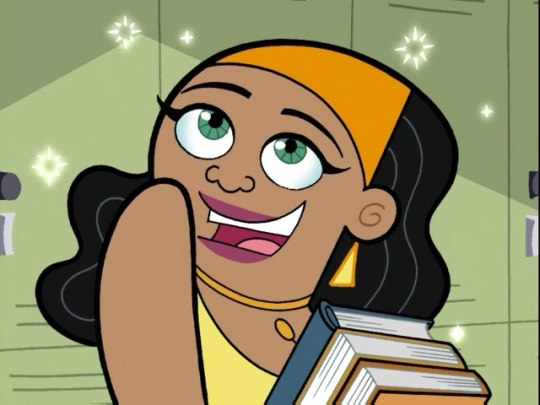

Valerie Gray


Taylor McKessie

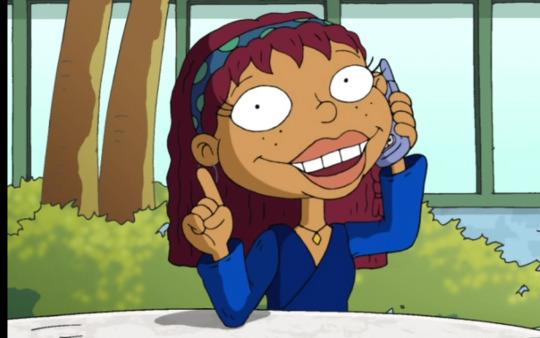
Samantha Shane
6 Female African-American Characters
#all grown up#rugrats all grown up#nickelodeon#nicktoons#samantha shane#cknd#codename kids next door#abby lincoln#number 5#cartoon network#as told by ginger#miranda killgallen#danny phantom#valerie gray#the adventures of jimmy neutron boy genius#libby folfax#high school musical#taylor mckessie#african american#brownskin#black women#disney#disney channel
94 notes
·
View notes
Text





A fulfilled life seeking peace and ease.
#black gay men#african american#gay#lgbt#achillean#black gay magic#peace#at ease#soft life#soft aesthetic#happylife#lgbt pride#mlm#blackboyjoy#black gay#black boys#ease#my collage
78 notes
·
View notes
Photo

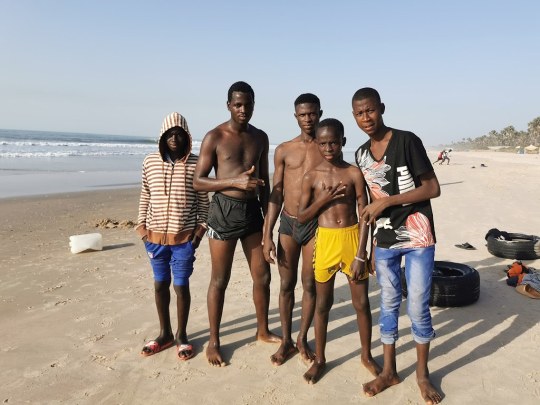
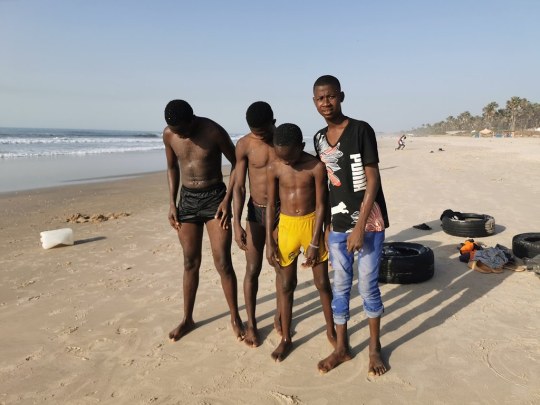

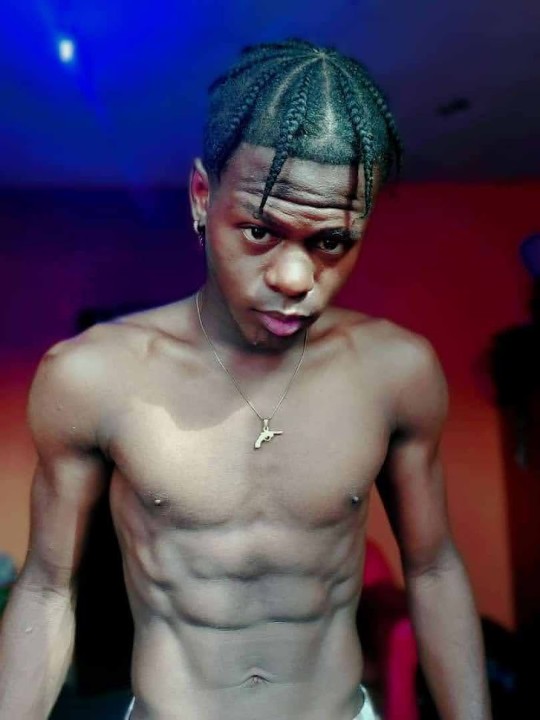
Anthony Briscoe’s photostream
1 note
·
View note
Text

"Wow Malcolm this place is lit, thank yoi for bringing me here"
#ai art#midjourney#black beauty#black male beauty#black gay men#lgbtq#black gay love#gay#gay male love#african men#black boy joy
203 notes
·
View notes
Text
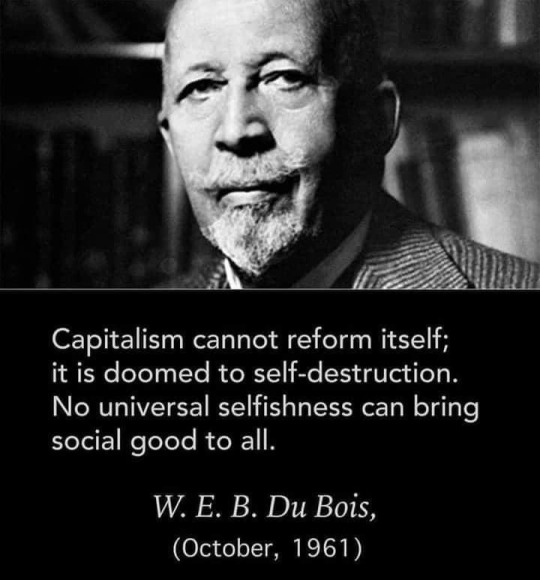
112 notes
·
View notes
Text

'Boy and Book' (before 1900) by Charles Ethan Porter (1847–1923).
Watercolour on paper.
Wikimedia.
76 notes
·
View notes
Text

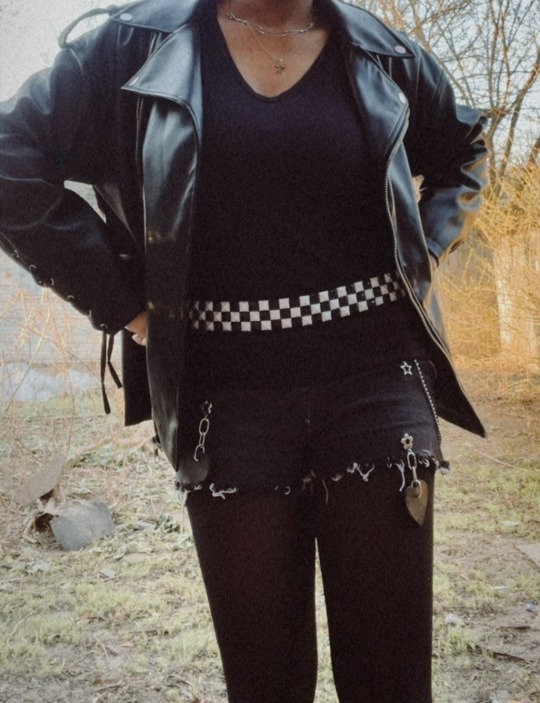

now before you start hating, ask yourself, be honest— ain’t im clean tho? [boondocks quote 💀]
#emo#rawring 20s#scene#mine#scemo#african american#black emo boy#black scene kid#black emo#black scene#midwest emo#emo teen#emo fashion#scene fashion#scene king#scene boy#2000s scene#emo boy#2000s emo#scene teen#alternative fashion#emo inspo#scene inspo
20 notes
·
View notes







